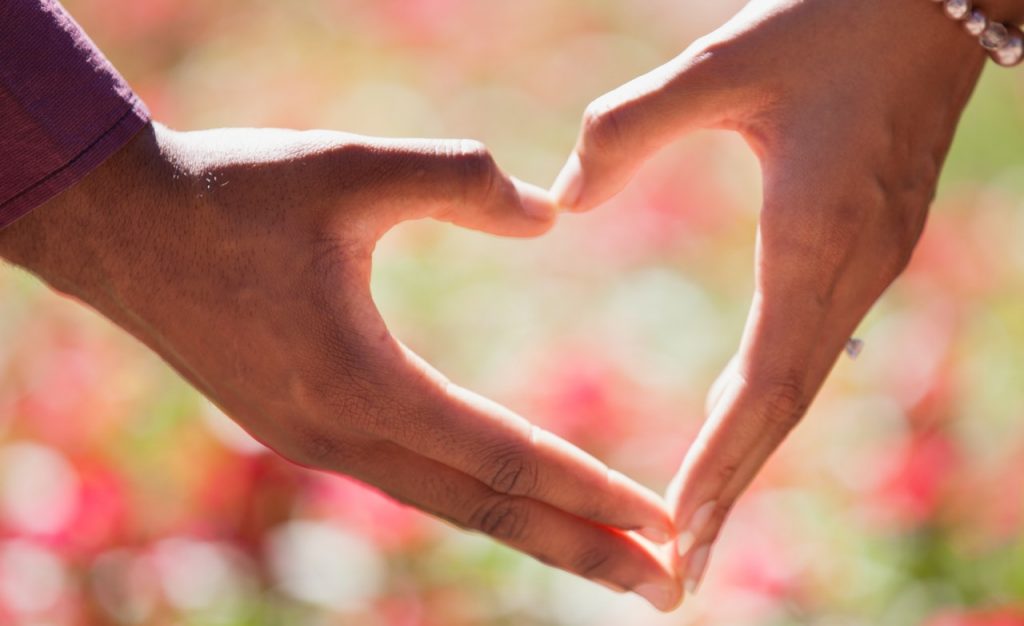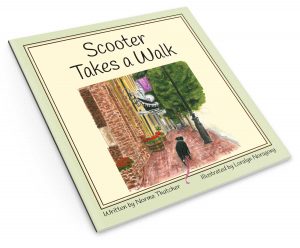
Have you ever given much thought to how important your hands are?
Last week I taught a class on the effective impact that body language has on a successful presentation. One aspect that novice speakers seem to have the most difficulty in managing is their hands. Those body parts at the ends of our arms can help us relay our message, so why stuff them into your pockets or let them dangle by your sides?
And that got me thinking about all the ways we use our hands.
We wave both hello and goodbye. We make a heart shape to signal “I love you.” We touch our lips and extend our hands outward to throw a kiss. In non-COVID times, we shake hands with our customers. During COVID times, we make the 1970 hippy peace sign during the “passing of the peace” at church.
Unofficial sign language can be read by our hand motions to come forward, to stop, to speed up, or slow down.
Gardeners plant seeds and pull weeds. Costume designers feed material through on a sewing machine. My friend pieces together the clothing of a deceased loved one to produce a memory bear. A waiter or waitress writes down our order and then places our food in front of us.
Players throw a baseball, catch a football, and shoot a hockey puck. Jugglers juggle. Magicians amaze us as they perform sleight of hand tricks.
If we don’t want to see something, we cover our eyes with our hands. And if we don’t want to hear something, we cover our ears.
I can think of some contradictions: We can use our hands to write a message of love on a Mother’s Day card or use them to hold a phone while we spew a text message or Facebook post filled with hate. We can lift a baby into the air or lift a rock and throw it to break a window. We can carry a bouquet of flowers or a weapon. We can strum a guitar, play Beethoven’s 5th on a piano, beat on drums, or beat down another human being. A maestro uses his hands to conduct a symphony, and a rioter directs an insurrection by holding a bullhorn.
Use your hands to apply sunscreen on yourself or to peel someone else’s sunburn. (Or am I the only person who likes to do that?)
Fingerpaint, paint the ceiling of the Sistine Chapel (oh wait, that’s already been accomplished), or spray paint graffiti on an outside wall.
Babies hold a security blanket and drivers hold the steering wheel (preferably at 10 and 2).
We use our hands to care for ourselves from brushing our teeth, lathering up in the shower, toileting tasks, combing our hair, buttoning our shirts, and tying our shoes.
Our hands are instrumental in both writing a children’s book and illustrating one.
We wring our hands when we’re in distress, and we use them to wipe the tears of someone else in distress.
Our hands come together in applause for a speaker we enjoy, and they take notes so we may recall the speaker’s message.
These are just some of the ways our hands have a language of their own. Why then, when we’re giving a speech, would we NOT want to take advantage of enhancing our message with our hands? Let your hands help deliver your message.
And please, let it be a kind one.
~~~~
M.C. Escher, Drawing Hands from 1948




Norma: Use of our hands, while speaking, is quite often unnecessary, and only on the rare occasion does it add or explain a single thought, especially if you notice the people on TV!!! They are so neurotic that they flail their hands, all over the place, when it adds nothing to what they are saying. (e.g.,Kevin McCarthy,on WTTG) I know many people who could not talk if you tied their hands behind their backs!!! I believe that it is just a crutch that they have latched onto to compensate for their nervousness or stage fright. For me, I take a pill when I sing, and that calms me down. This IS a kind observation, and darn it, I had to use my hands to type this message?!?!
Such beautiful insight. You constantly amaze me with your knowledge and kindness. God Bless!
Oh the sheer joy of watching an Italian talk! Makes my heart smile every time, with their hands scanning the air every which way as they express whatever is on their mind!
BEAUTIFUL. 🙂
Norma,
HANDS DOWN—THIS IS A GREAT BLOG!!!!!!!!
You are a fabulous writer and I applaud you with BOTH HANDS and a smile <3
Judy